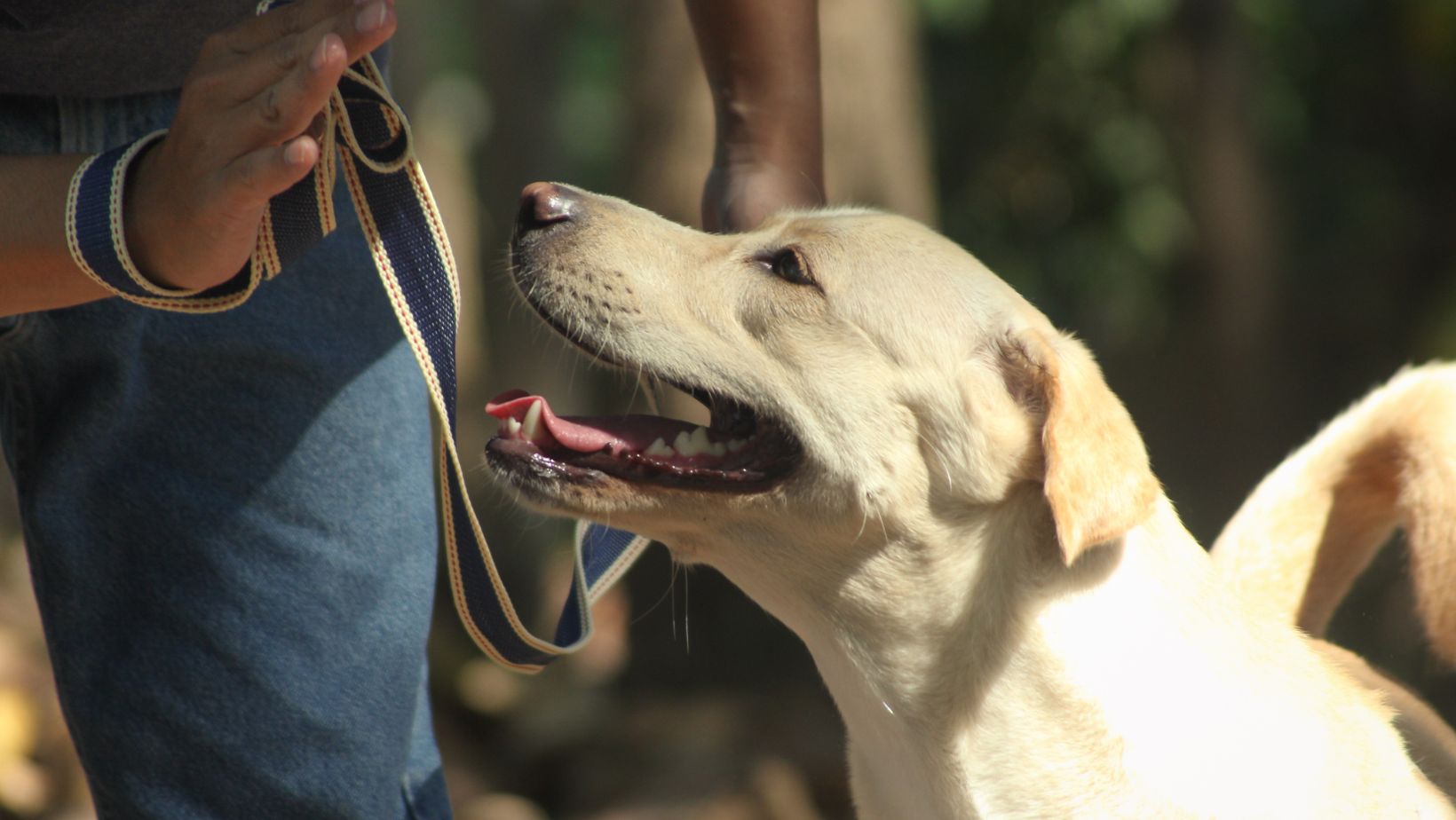How to Get Your Dog to Heel
If you’re struggling with getting your Labrador to heel, don’t worry – you’re not alone. Teaching a dog to walk calmly by your side can be a challenge, but with the right approach and consistent training, it’s definitely achievable.
One effective method to train your Labrador to heel is through positive reinforcement. Start by using treats or rewards that your dog finds highly motivating. Hold the treat close to your leg and begin walking slowly. As your dog stays by your side, praise and reward them with the treat. Repeat this process consistently, gradually increasing the duration of heeling.
Another important aspect of teaching your Labrador to heel is consistency in commands and body language. Use a clear verbal command such as “heel” or “walk” each time you want them to walk nicely beside you. Additionally, maintain an upright posture and avoid tugging on the leash or pulling your dog towards you. Instead, encourage them to stay next to you willingly.
Remember, patience is key when training any dog behaviour, including heeling. It may take some time for your Labrador to fully grasp the concept and consistently walk beside you without pulling or straying away. Stay consistent in both training sessions and during regular walks, rewarding good behaviour while redirecting any unwanted pulling or distractions.
By implementing these strategies and providing consistent guidance, you’ll be well on your way to teaching your Labrador how to heel like a pro!
Understanding the Importance of Heeling
When it comes to walking your dog, having them heels is an essential skill that can greatly improve your overall experience. Heeling refers to the behaviour where your dog walks calmly and closely by your side without pulling on the leash. This not only makes your walks more pleasant and enjoyable but also ensures safety for both you and your furry friend.
A key aspect of heeling is teaching your dog to pay attention to you during the walk. By establishing yourself as the leader and reinforcing this behaviour consistently, you can effectively communicate with your Labrador or any other breed, making it easier for them to understand what you want from them.
Training Techniques for Heel Command
To train your Labrador to heel, there are several techniques you can employ. One popular method is using positive reinforcement, where you reward good behaviour with treats or praise. Start by walking at a slow pace and use a command like “heel” or “walk nicely.” When your dog stays close to you without pulling, immediately reward them with a treat or verbal praise. Gradually increase the duration between rewards as they become more proficient.
Another technique is incorporating leash pressure into training. Gently guide your dog back into position whenever they start to pull ahead or lag behind. Apply slight pressure on the leash sideways towards yourself while saying “heel.” Release the pressure once they are in the correct position next to you.
Consistency is vital throughout the training process. Practice heeling exercises regularly in different environments and gradually introduce distractions such as other dogs or people passing by. With time and patience, your Labrador will learn to walk politely beside you.
Common Mistakes to Avoid
While teaching heeling may seem straightforward, it’s important to be aware of common mistakes that could hinder progress:
- Inconsistency: Failing to enforce consistent rules during walks can confuse your dog and make it harder for them to understand what you expect. Stick to your chosen training method and be consistent with your commands and rewards.
- Lack of patience: Training takes time, especially when it comes to healing. Avoid rushing the process of becoming frustrated if progress is slow. Stay patient and celebrate small victories along the way.
- Using punishment: Punishing your dog for not healing correctly can have negative consequences and may lead to fear or anxiety during walks. Instead, focus on positive reinforcement techniques that reward good behaviour.
By understanding the importance of heeling, employing effective training techniques, and avoiding common mistakes, you’ll be well on your way to achieving a harmonious walking experience with your Labrador or any other canine companion. Happy walking!
